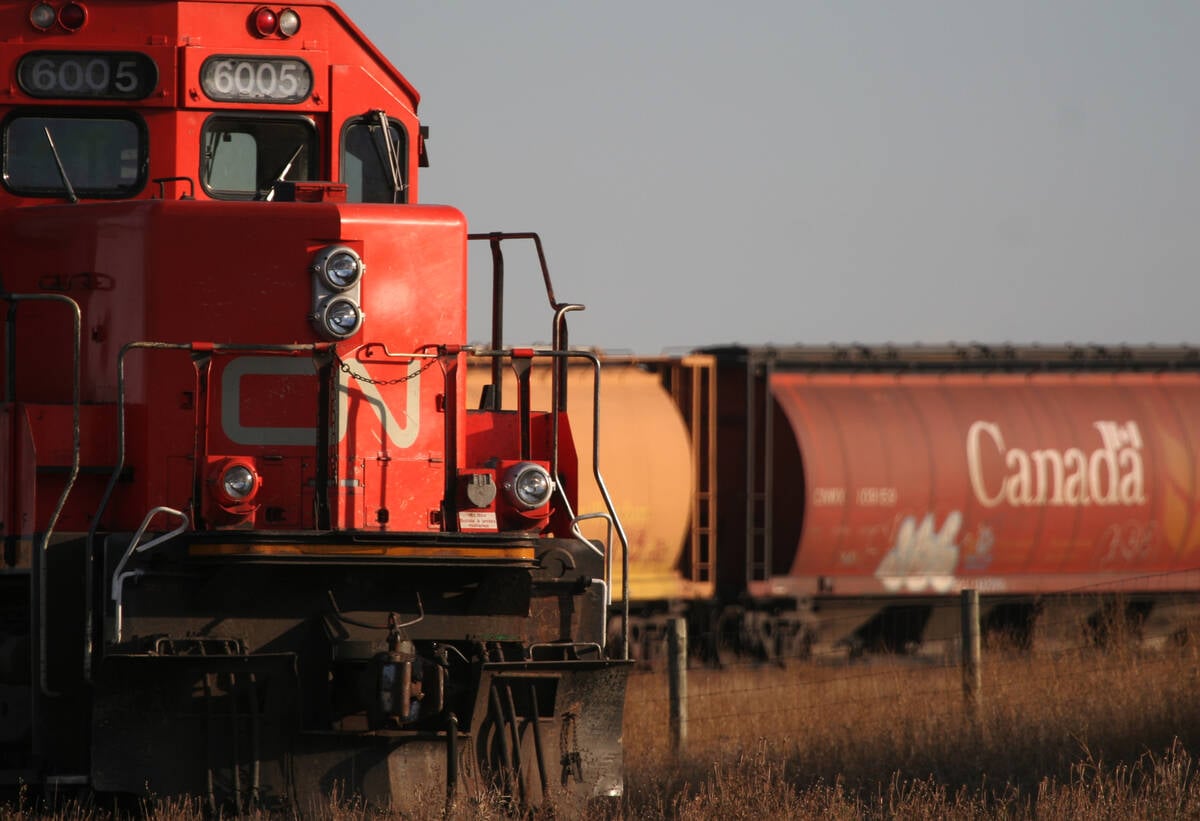In the first few weeks of 2000, there were 11 accidents at railway crossings in Saskatchewan, resulting in three deaths and two serious injuries.
That was enough for Benoit Levesque. He is the national director of Operation Lifesaver, a rail safety educational organization established in 1981.
“We got word from CN that we might have a problem in Saskatchewan,” Levesque said during an interview. “Saskatchewan had been quiet since that bad year in 1995 (when 14 were killed). We thought it was about time we go up there and do a campaign.”
Read Also

Working groups established to address challenges in the containerized and bulk movement of commodities
CN is working with the pulse and special crops sector on resolving challenges in shipping those commodities.
He toured several communities in the province last month to spread the message.
“As long as there is still one (incident) our job will never be done. Our goal is to completely eliminate them. We do that through education.”
About 500 Canadians volunteer to present educational material in schools and for driver education, to talk to media and make public presentations. Many of them are railroaders or police officers who have had to deal with collisions or people who were involved in accidents themselves.
Taking chances
Levesque spent 33 years with CN. He said he is amazed at the chances people take.
“People are in such a hurry today.”
Drivers routinely race to beat trains at crossings, ignore the warning signals and even try to get around barriers. He uses the example of one woman who came up behind five cars that were stopped for a train. The barrier gates had already been lowered, but she pulled out, drove around the first gate and was hit by the oncoming train and killed.
Levesque said trains require the length of 14 football fields to stop, and obviously they can’t swerve to avoid a collision.
Other drivers ignore the warning whistle. In some communities, bylaws prevent trains from blowing their whistles at crossings. Levesque said people should take extra caution in those situations.
Trains no longer slow down when they go through many communities. Levesque said that actually prevents accidents because people, children in particular, aren’t trying to climb on or under the train.
Not all incidents recorded by the Transportation Safety Board of Canada are collisions at crossings. People often trespass, walk along the tracks or use the right-of-ways for snowmobiling, cross-country skiing or driving all-terrain vehicles. Levesque said the right-of-ways are railway property and are dangerous places to be.
“You don’t go play on the No. 1 highway or on airport landing strips,” he said.
Trespassers can be fined up to $10,000, imprisoned for up to one year or both.
Levesque said Operation Lifesaver’s message is getting through. There were 284 collisions at crossings and 95 trespassing incidents in Canada last year. In 1980, there were 826 and 177, respectively.
The majority of accidents occur at crossings equipped with warning signals. About 75 percent of crossing collisions take place in broad daylight with good visibility.















